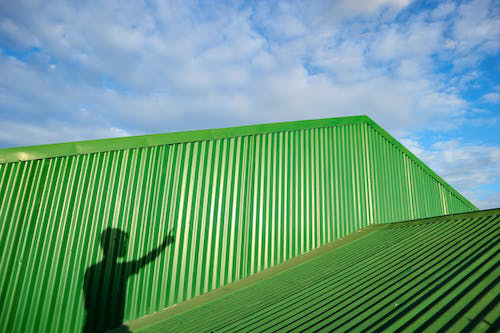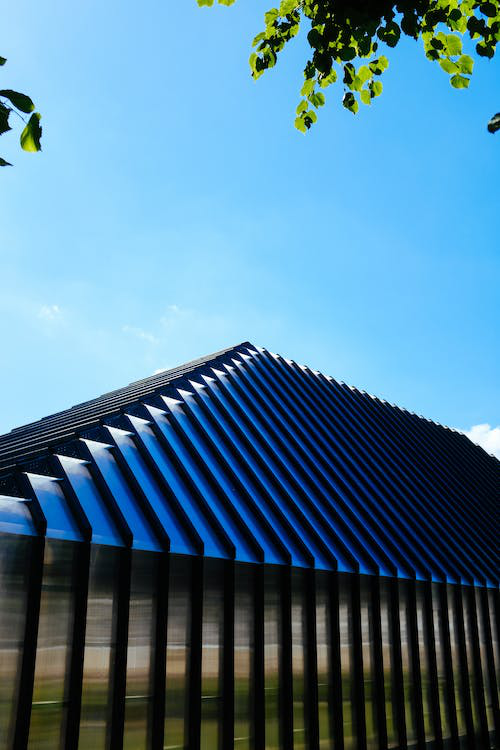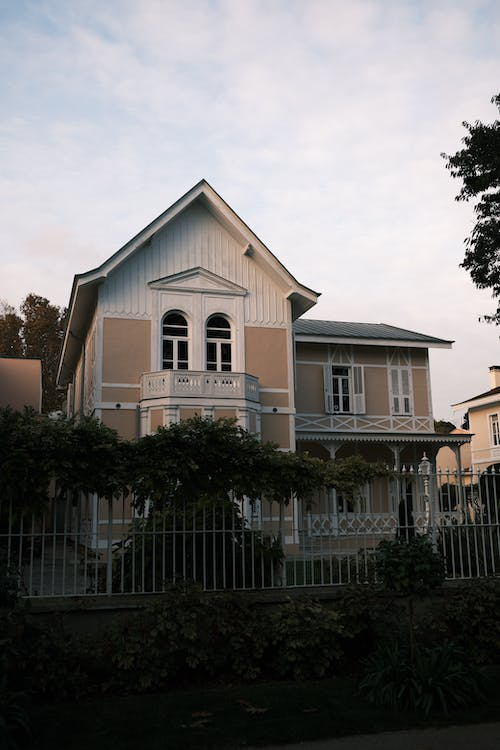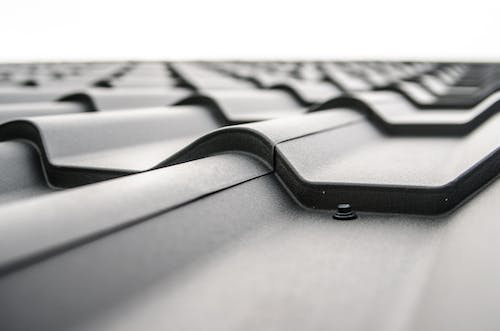Metal roofs are widely recognized for their exceptional durability, longevity, and energy efficiency, making them a preferred choice for residential and commercial buildings alike. However, one common concern associated with metal roofs is the potential for increased noise levels during rain, hail, or other adverse weather conditions. Recognizing this challenge, James Kenton, a distinguished expert in the roofing industry, has dedicated his expertise to developing innovative solutions for noise reduction in metal roofs. Some of Kenton’s insights and techniques help minimize noise and enhance the overall comfort of buildings with metal roofs.
Importance of Noise Reduction
Noise reduction is critical to creating a harmonious and peaceful living or working environment. Excessive noise can have detrimental effects on our well-being and quality of life. It can lead to increased stress levels, disrupt sleep patterns, and even contribute to various health issues such as hypertension, fatigue, and irritability. By effectively reducing noise levels in our homes or workplaces, we can create a tranquil atmosphere that promotes relaxation, restful sleep, concentration, and overall mental and physical health.
Additionally, noise reduction is particularly important in urban areas where external noise sources, such as traffic, construction, or neighboring activities, are prevalent. Unwanted noise can penetrate our living spaces, making concentrating, relaxing, or engaging in everyday activities difficult. By implementing effective noise reduction measures, we can create a sanctuary within our buildings, shielding ourselves from external disturbances and creating a more serene and conducive environment for work, rest, and leisure.
Enhanced Insulation
James Kenton recognizes the crucial role of insulation in reducing noise levels in metal roofs. Insulation materials, such as foam or fiberglass, can be installed beneath the metal roof panels to provide a barrier that absorbs and dampens sound vibrations. This helps minimize the transfer of sound waves, resulting in reduced noise generated by rain, hail, and other external factors. Kenton advises selecting insulation materials with high sound transmission class (STC) ratings to ensure maximum noise reduction.
Acoustic Underlayment
Another effective solution employed by Kenton is the use of acoustic underlayment. Acoustic underlayment is a specialized material designed to reduce impact noise and vibrations. It is installed between the metal roof panels and deck to absorb and dissipate sound energy. By incorporating acoustic underlayment into the roofing system, Kenton creates a buffer zone that significantly reduces noise transmission, resulting in a quieter indoor environment.
Sound-Absorbing Roofing Materials
James Kenton emphasizes the importance of selecting sound-absorbing roofing materials to minimize noise in metal roofs. Due to their interlocking design and concealed fasteners, certain metal roofing materials, such as standing seam roofs, have inherent noise-dampening properties. These roofing systems reduce the potential for noise transmission by minimizing direct contact between rain or hail and the metal surface. Additionally, Kenton recommends considering metal roofs with sound-deadening coatings or finishes that further enhance noise-reduction capabilities.

Attic Ventilation
Proper attic ventilation is an integral part of Kenton’s approach to noise reduction in metal roofs. Adequate ventilation allows for the efficient flow of air within the attic space, which helps reduce temperature differentials and prevents moisture buildup. This, in turn, minimizes the potential for condensation and the associated noise caused by dripping water. Kenton advises implementing well-designed ventilation systems that promote airflow and maintain a balanced environment within the attic.
Roof Design and Construction
The design and construction of the metal roof itself play a significant role in noise reduction. James Kenton focuses on minimizing noise generation and transmission through careful roof design considerations. For example, incorporating slope or pitch in the roof design can redirect rainwater more effectively, reducing the impact noise caused by water droplets hitting the metal surface. Additionally, Kenton pays meticulous attention to the installation process, ensuring proper fastening and sealing to prevent vibrations and rattling, which can contribute to noise issues.
Regular Maintenance
Proper and regular maintenance is crucial to the long-term effectiveness of noise reduction measures in metal roofs. James Kenton emphasizes the importance of periodically inspecting the roofing system to identify signs of wear, damage, or deterioration that could compromise its noise reduction capabilities. Prompt repairs and maintenance ensure that the insulation, underlayment, and other noise-reducing elements remain intact and function optimally. Additionally, regular maintenance helps address potential issues such as loose fasteners or damaged coatings, which can contribute to increased noise levels over time.

Green Roof Systems
In his pursuit of innovative noise reduction solutions, James Kenton explores the use of green roof systems in conjunction with metal roofs. Green roofs, composed of vegetation and soil layers, provide additional insulation and sound-absorbing properties. The plants and soil act as natural barriers, reducing external noise transmission into the building. By incorporating green roof systems into metal roofed buildings, Kenton not only enhances noise reduction but also promotes environmental sustainability and improves the overall aesthetics of the structure.
Building Orientation and Landscaping
Building orientation and landscaping are often overlooked factors in noise reduction. James Kenton advises careful consideration of the building’s orientation to minimize exposure to external noise sources, such as busy roads or industrial areas. Additionally, strategic landscaping using trees, shrubs, or noise-blocking barriers can help absorb or deflect sound waves, further reducing noise transmission. By incorporating these considerations during the design phase, Kenton enhances the overall noise reduction capabilities of buildings with metal roofs.
Education and Awareness
As an advocate for noise reduction in metal roofs, James Kenton recognizes the importance of education and awareness. He believes in educating building owners, architects, and contractors about the benefits and techniques of noise reduction. Kenton offers workshops, seminars, and resources to promote understanding and adoption of noise reduction measures in metal roofs. By raising awareness about the issue and sharing his expertise, Kenton strives to create a more informed industry and facilitate the widespread implementation of effective noise reduction solutions.

Curious to Learn More?
James Kenton’s innovative solutions for noise reduction in metal roofs highlight his dedication to ensuring the comfort and performance of buildings with metal roofing systems. Through enhanced insulation, acoustic underlayment, sound-absorbing roofing materials, proper attic ventilation, roof design considerations, regular maintenance, and the exploration of green roof systems, Kenton effectively minimizes noise transmission and creates a quieter indoor environment.
Additionally, his emphasis on noise-reducing ceiling treatments, building orientation, landscaping, and education demonstrates a comprehensive approach to noise reduction. By combining his expertise with cutting-edge techniques, James Kenton continues to provide valuable solutions that enhance the overall experience and satisfaction of building owners and occupants.
Find out more about James Kenton in Tennessee now!
